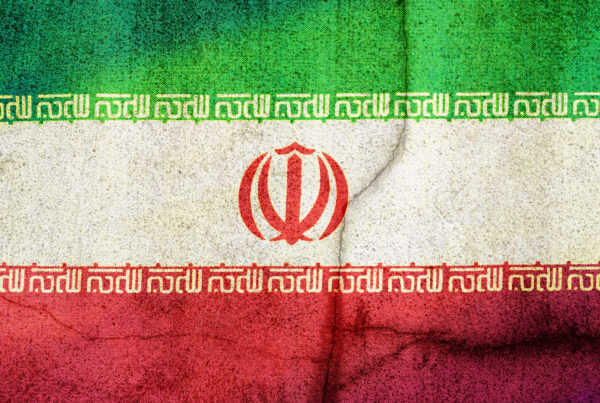In order to understand China’s approach to the information domain, it is important to examine the evolution of China’s geopolitical strategy. Since the 1980’s, China has adopted a policy of avoiding direct confrontation with the West. This approach is neatly encapsulated by Deng Xiaoping’s injunction that China should “hide its strength and bide its time” when dealing with potential adversaries. The Central Military Commission amended this strategy in 2003 when it concluded that its kinetic assets were of limited utility, and instead opted for a strategy of achieving its objectives via “warfare by other means.” Dubbed the “Three Warfares” approach, this strategy seeks to jointly exercise all elements of national power (diplomatic, informational, military, and economic) in order to shape behavior of other nations. Specifically, the term “Three Warfares” refers to the use of legal, propaganda, and media operations to degrade the political will of China’s opponents without resorting to kinetic force. As part of this effort, China has identified the Information Domain as being the strategic “center of gravity” in any eventual conflict with the United States. Viewed in this context, China’s military, propaganda, and intelligence apparati are not separate instruments. Rather, they are components of an information structure designed to support the strategy of undermining the United States’ ability to safeguard the global commons. The maintenance of sophisticated standoff capabilities ensures that any interference with Chinese interests becomes a high-risk, low-reward affair. Taken one step further, it can be argued that China’s practices of conducting industrial espionage, its policy of exercising control of the electronic domain within China’s geographical borders, and its attempts to shape the cognition of its citizenry are all part of a concerted attempt to bolster China’s leverage in conducting information operations. Additionally, Chinese control of its domestic Information Domain denies the use of IW to its opponents.
In practice, China’s IW strategy dictates a constant state of enhanced cyber readiness. The PLA routinely conducts reconnaissance and penetration of American networks. These “Intelligence, Surveillance and Reconnaissance” (ISR) and “Operational Preparation of the Environment” (OPE) operations do not imply that the Chinese leadership views conflict as being inevitable or even likely. Rather, China’s stance draws comparison to the United States’ and the Soviet Union’s strategies during the Cold War, when both sides’ intelligence and military apparatus constantly maneuvered to ensure a favorable position if conflict broke out. As a result, the PLA has worked to develop an integrated approach to warfare in order to achieve its political objectives in a world largely dominated by the US and its allies. In this framework, China uses non-kinetic capabilities to support its conventional forces, employing diplomacy and the threat of force to isolate and divide its opponents.
To read more, see: https://scholarcommons.usf.edu/cgi/viewcontent.cgi?article=1022&context=mca




